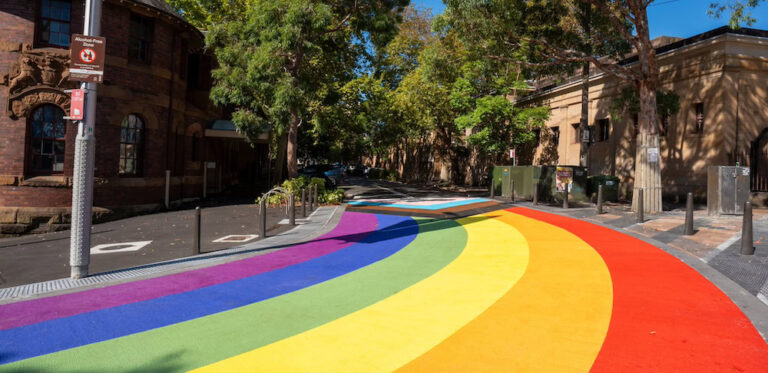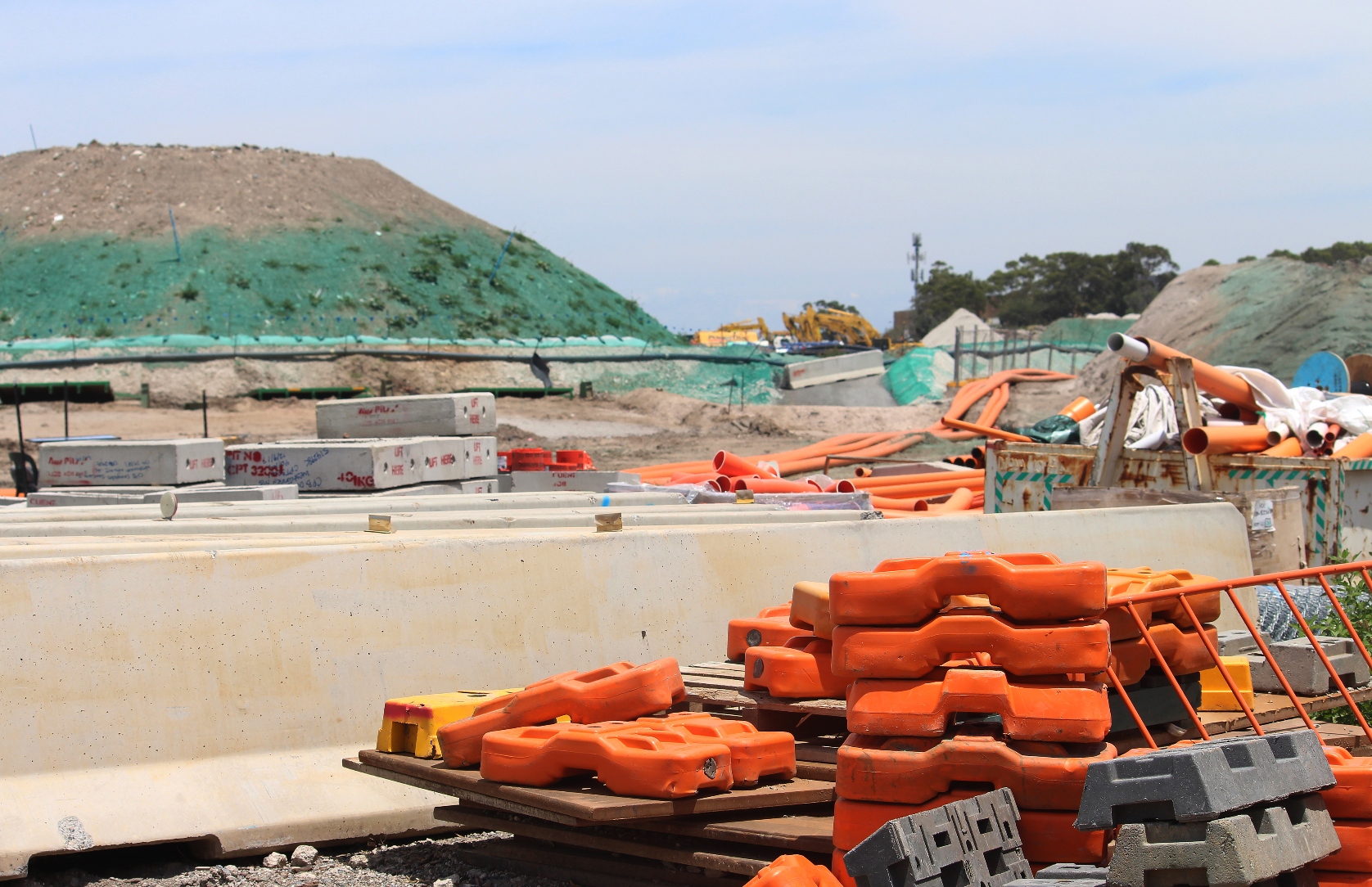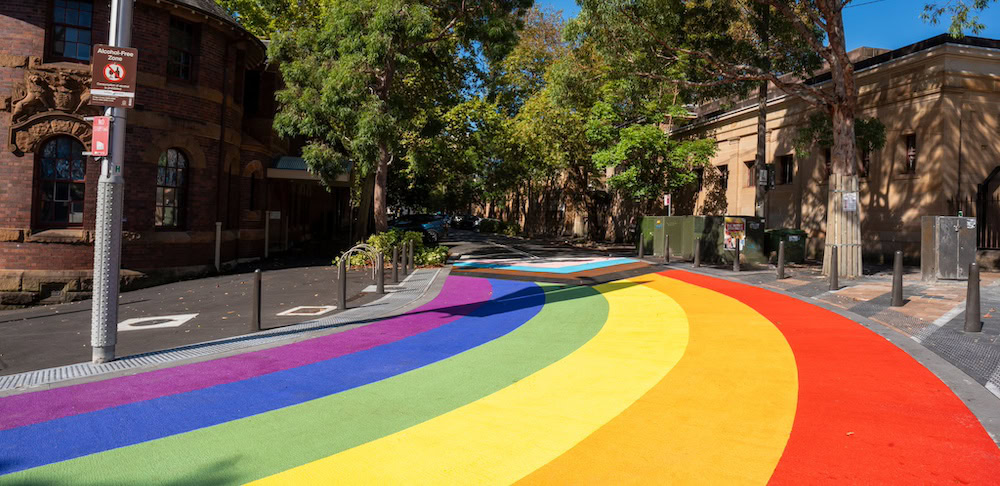
Site in Sydney’s inner west declared as “significantly contaminated”

The NSW Environment Protection Authority (EPA) has declared the former landfill site at St Peters in Sydney’s inner west — now part of the St Peters Interchange — as “significantly contaminated”, following detection of elevated carbon dioxide and methane levels.
This declaration by the EPA means that the Department of Transport which holds a pollution licence for the site will now be required to develop a draft voluntary contamination management plan for ongoing management and remediation of the site. The EPA will need to approve the plan.
It will be no news to City Hub readers that the controversial site is contaminated. It has been plagued by problems since a Dial-a- Dump landfill was closed a decade ago to be replaced by the huge Westconnex M8 interchange. During construction the community was plagued by terrible odours emitted from the site. The NSW government promised to compensate the community by opening two parks on the site and even tried to hand responsibility for these parks over to the Inner West Council and the City of Sydney whose LGAs overlap at St Peters but both declined. Although the parks were scheduled to open years ago, the site remains closed to the public today. Instead the site became known as the ‘world’s worst park’. The Inner West Council has passed motions requesting more information from Transport for NSW about the pollution but Councillors have never received the reports that have been requested.
Up until now the landfill site has been regulated under the Protection of Environment Operations Act which under Section 66(6) requires the holders of pollution licences to publish monitoring data and file annual reports. Community organisation Community Environment Monitoring (CEM) issued a report on St Peters Interchange in February that identified many gaps and delays in Transport for NSW monitoring, including a failure to report annual measurements required under the licence. CEM called for Transport for NSW to come clean on the extent of the pollution and explain constant delays in meeting report deadlines and failures to meet monitoring requirements.
The Greens spokesperson for Transport Cate Faehrmann also pursued the gaps in the pollution monitoring at the St Peters’ Interchange through questions in parliament.
The latest information on the St Peters Interchange licence on the EPA website shows that there have been further delays in monitoring and remediation of the site meaning that deadline for reports have been pushed into 2026.
The EPA has promoted its declaration that the site is contaminated as a positive step, showing its commitment to careful management of the site. But it is not yet clear whether the shift in regulation to a voluntary plan will require Transport for NSW to publish its monitoring data.
Meanwhile the EPA has reassured the community. “There are safeguards already in place across the site, including a network of gas monitoring points and gas collection systems,” NSW EPA Executive Director Operations Jason Gordon said in a statement.
“The declaration will now allow for consistent, long-term regulation of the site and ensure the community’s safety and well-being is protected.”
“Landfill gas dissipates quickly in open space so there is no impact on residents in the surrounding suburb and open space users,” Gordon Said. “Tunnel entrances are also well-ventilated and the risk of exposure for drivers is very low.”
The EPA will now begin to work with Transport for NSW to develop a draft plan for remediation and community engagement on the site. It is not clear if the public will be consulted during this process.
The story has been updated since initial publication.









